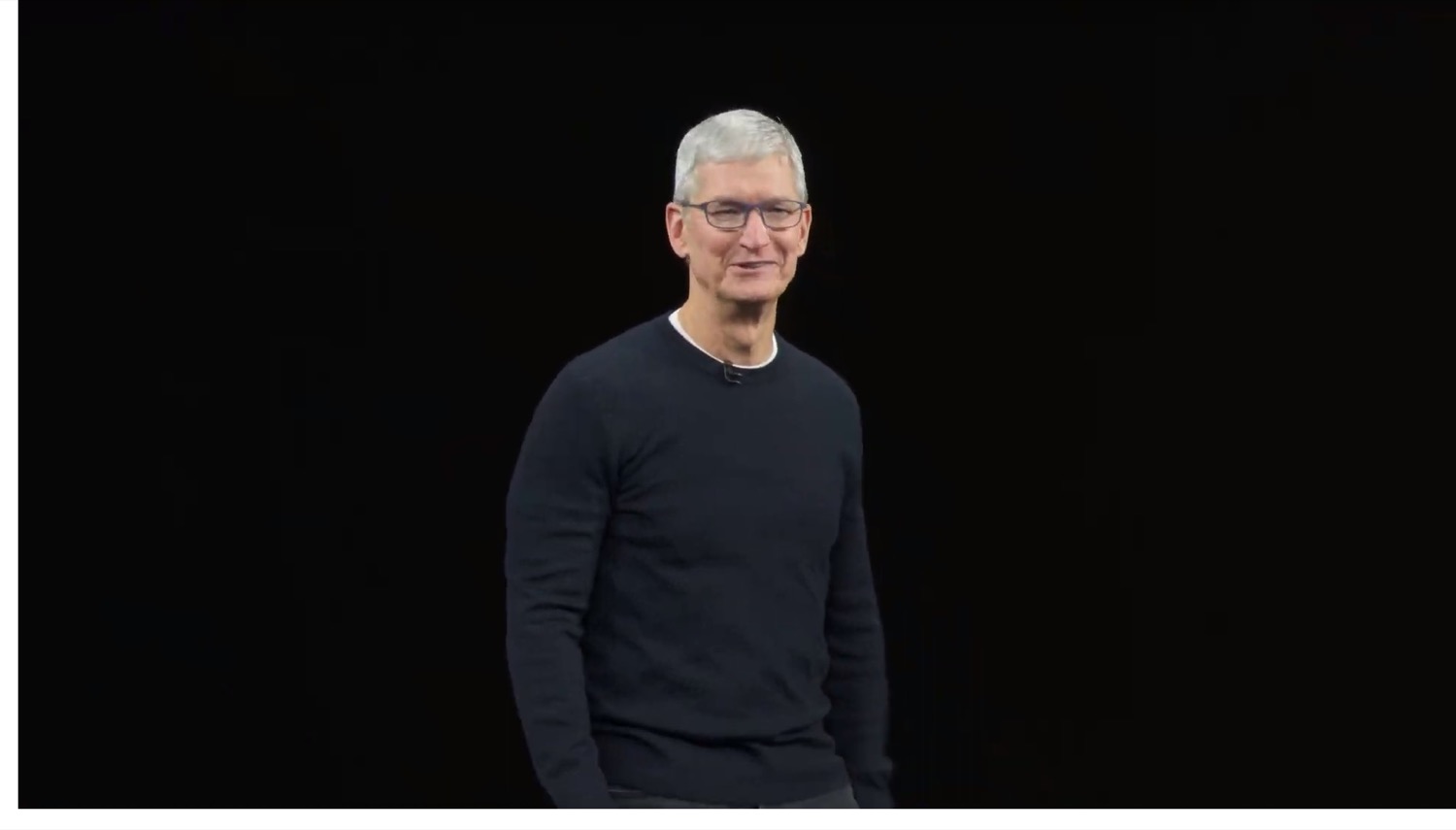Last year, Apple won over critics with the arrival of two new laptops:the 14-inch MacBook Pro and the 16-inch MacBook Pro, both featuring an enlarged diagonal compared to previous generations. With better connectivity too, since these devices finally find the SD card port and the HDMI plug to connect external screens.
However, according to a new report fromDigiTimesreleased this Friday, new MacBook Pros should be released infourth quarter 2022, which suggests that these two products will be renewed. This is clearly not the first time that this rumor has reached us, but the source here is one of the most reliable that we have ever relayed. The Taiwanese media has indeed been right many times in the past, particularly regarding Macs.
What's new under the hood?
Among what we assume about the new 14-inch MacBook Pro and 16-inch MacBook Pro, it is above all the integration of more powerful chips that is making headlines. We should discover,by the coming October, the M2 Pro and M2 Max processors, succeeding, as their names indicate, the M1 Pro and M1 Max of the 2021 editions.
On the design side, Apple should unsurprisingly keep the aluminum chassis as well as the thinner borders around the display. With, always, thenotchat the top of the screen. On iPhone 14 Pro, this was abandoned in favor of theDynamic Island, but nothing indicates at the moment that such a change will also arrive on Mac.
Price and availability
Today, the 14-inch MacBook Pro starts at 2,249 euros in its basic version compared to 2,749 euros for its big brother, the 16-inch MacBook Pro. But the iPhone 14 and the Apple Watch Series 8 have seen their prices significantly increased compared to previous versions, so much so that future Apple laptops could suffer the same fate. We then estimate the increase at 10 or 20% more than the current price, i.e.maybe 3,000 euros minimumfor a 16-inch MacBook Pro with M1 Pro chip.
Items are generally released a few days after their announcement in store; we are banking on thesecond half of October or even Novemberif stocks do not follow.






